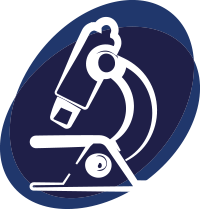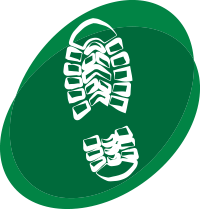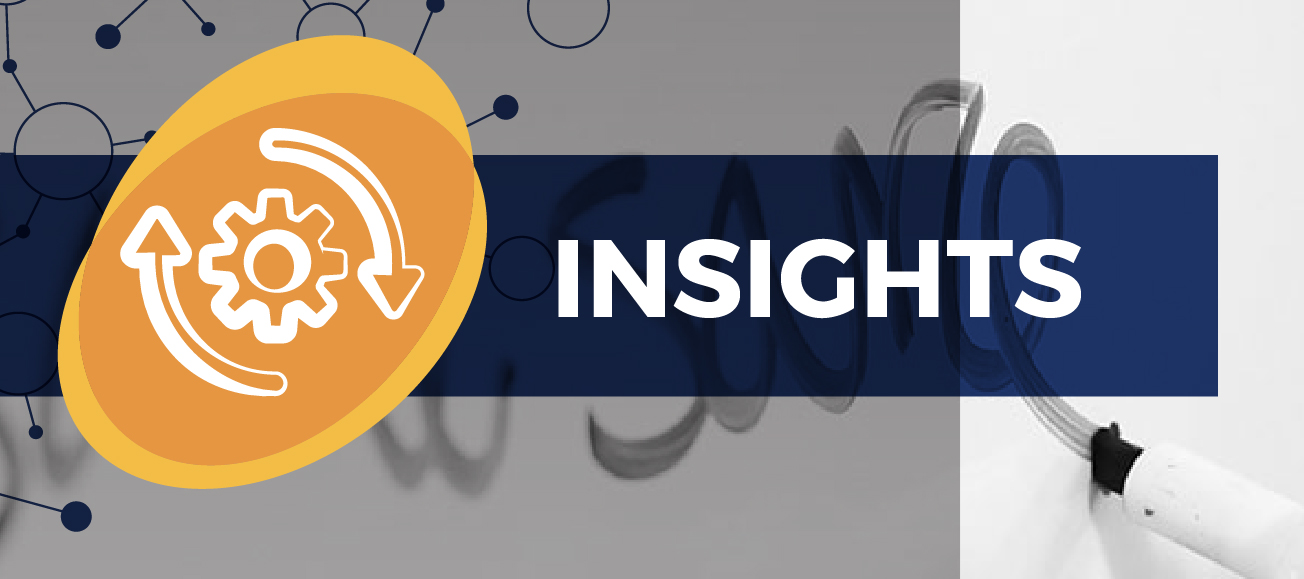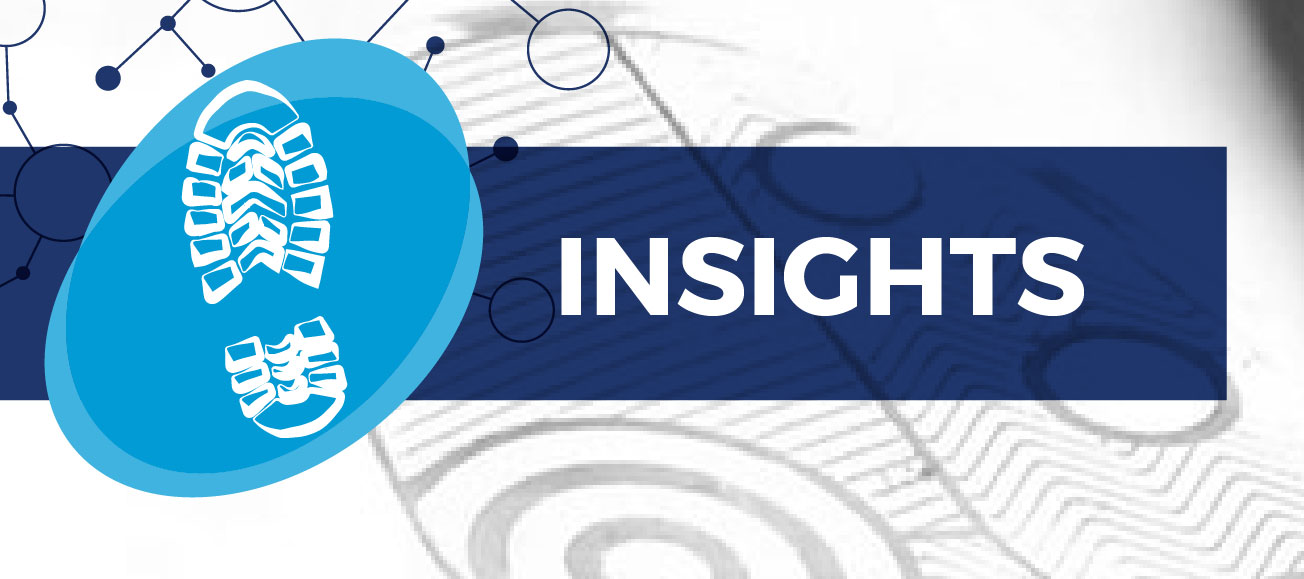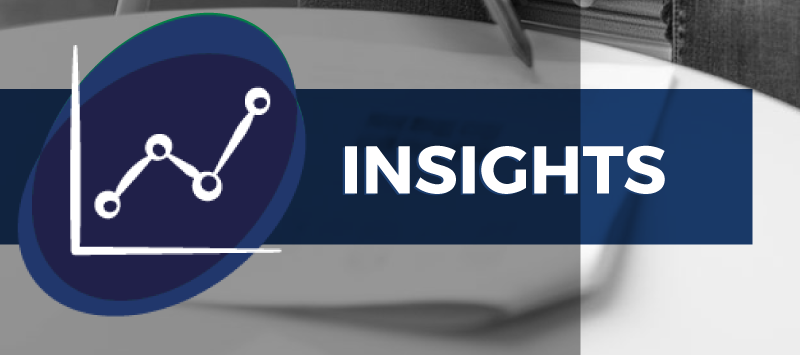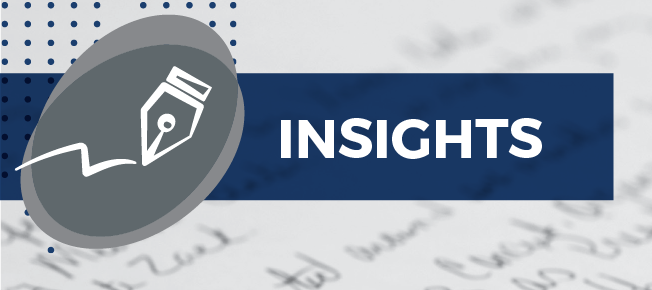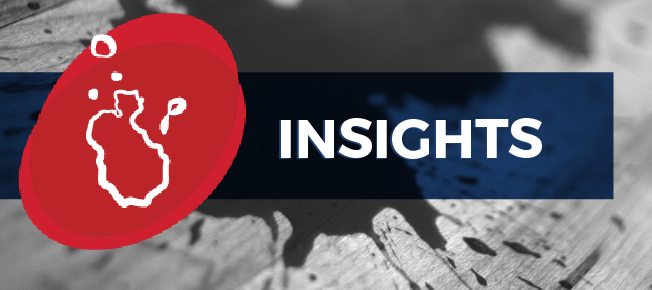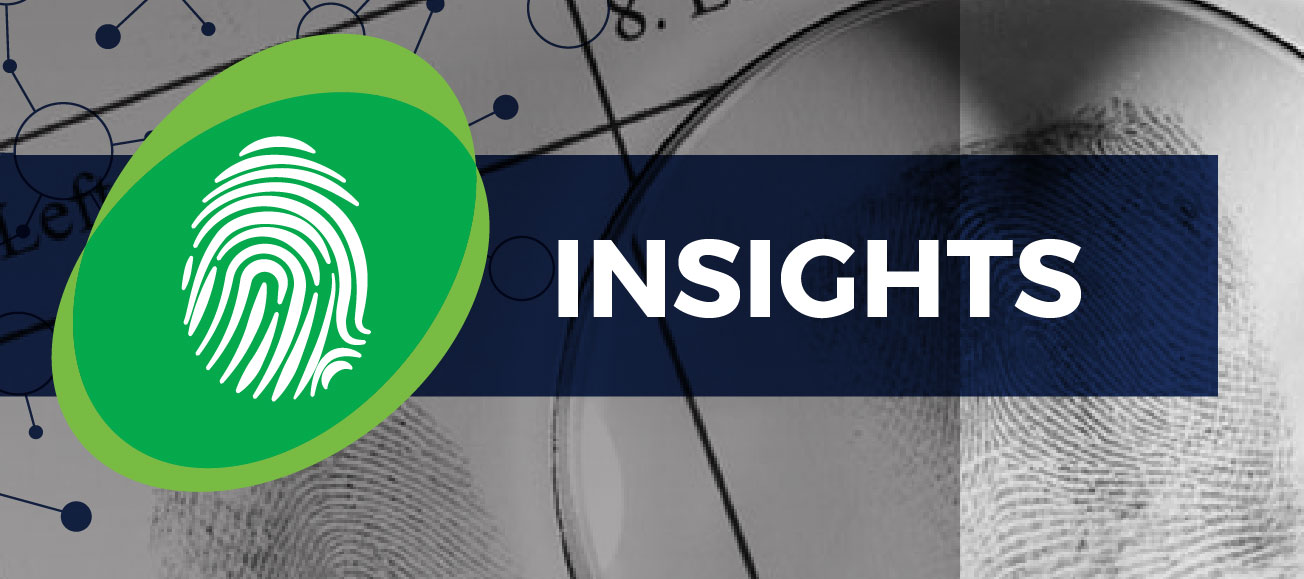CSAFE invites researchers, collaborators, and members of the broader forensics and statistics communities to participate in our Spring 2022 Webinar Series on Tuesday, May 10, 2022, from 11:00am-Noon CST. The presentation will be “Extracting Case-Specific Information from Validation Studies.”
Presenters:
Steve Lund
Mathematical Statistician – National Institute of Standards and Technology
Hari Iyer
Mathematical Statistician – National Institute of Standards and Technology
Presentation Description:
Forensic disciplines often summarize validation studies using average error rates. However, almost every forensic discipline has factors that affect the difficulty of a given case (e.g., quantity and quality of a questioned impression or sample), and average performance metrics fail to reflect the difficulty of the current case. This talk presents an approach to characterize the information a set of validation data provides about method performance in a given case.
The webinars are free and open to the public, but researchers, collaborators and members of the broader forensics and statistics communities are encouraged to attend. Each 60-minute webinar will allow for discussion and questions.
Sign up on the form below (Chrome & Safari web browsers work the best):

